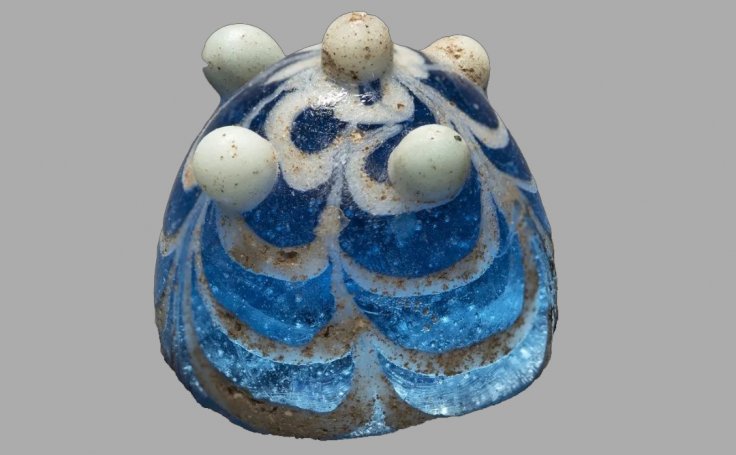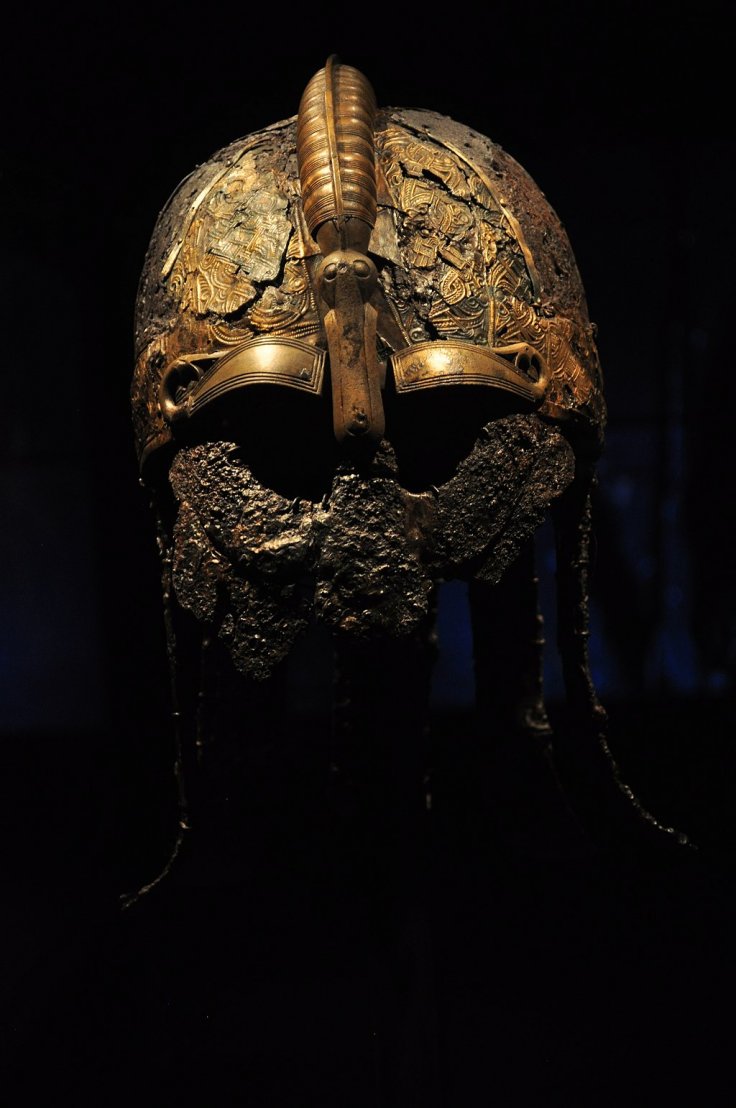Many modern sports, such as gymnastics, boxing, swimming and archery, originally started tens of thousands of years ago during some of the world's oldest civilizations. Recently archaeologists discovered an object during an excavation on Lindisfarne which is believed to be a gaming piece from the Viking board game hnefatafl ("king's table") or a local version of the game.
This tiny piece of worked glass has been revealed to be a rare archaeological treasure linking the Northumbrian island with the Vikings or Norsemen, from the very beginning of one of the most violent periods in English history.
The ancient board game

The object which was found recently was of swirling blue and white glass with a small "crown" of white glass droplets. As per the archaeologists, it is possible that a Norse raider might have dropped the object on the island, or maybe it was owned by a high-status local imitating their customs. But this ancient object offers a rare tangible link between Lindisfarne's Anglo-Saxon monastery and its culture.
The site where the artefact was found was known for its spectacular illuminated gospels, which were created in the island's first monastery in the early eight century. It should be mentioned that in AD 793, the peaceful and remote monastic community of Lindisfarne Priory suffered a surprise Viking raid.
In 789, 'three ships of Northmen' had landed on the coast of Wessex and killed the king's reeve who had been sent to bring the strangers to the West Saxon court but what happened in Lindisfarne was different because the Vikings attacked the sacred heart of the Northumbrian kingdom, the place where Cuthbert (d. 687) had been bishop, and where his body was now revered as that of a saint.
However, the lead of this excavation project, David Petts revealed that the gaming piece discovered from the trench that has been dated to the eighth to ninth centuries. The archaeologists believe that even if this game was being played before the attack on Lindisfarne by the monks or pilgrims, it showed that the Norse culture had already influenced across the north Atlantic.

The archaeological discovery in Lindisfarne
Petts, who is a senior lecturer in the archaeology of northern England at Durham University told The Guardian that "We often tend to think of early medieval Christianity, especially on islands, as terribly austere: that they were all living a brutal, hard life."
In addition, he mentioned that at that time the Lindisfarne would have been a busy place which had monks, pilgrims, tradespeople and even visiting kings. Petts mentioned that "The sheer quality of this piece suggests this isn't any old gaming set. Someone on the island is living an elite lifestyle."
This gaming board is not just any other artefact, as the researchers have started to take a look into the actual lives of the people in the monastery, said the archaeologist. After the piece was discovered DigVentures' managing director, Lisa Westcott Wilkins mentioned that "As a scientist, you have to train yourself out of having an emotional response to things like this. It's a piece of evidence, bottom line. But honestly, it's just so beautiful and so evocative of that time period, I couldn't help myself."









